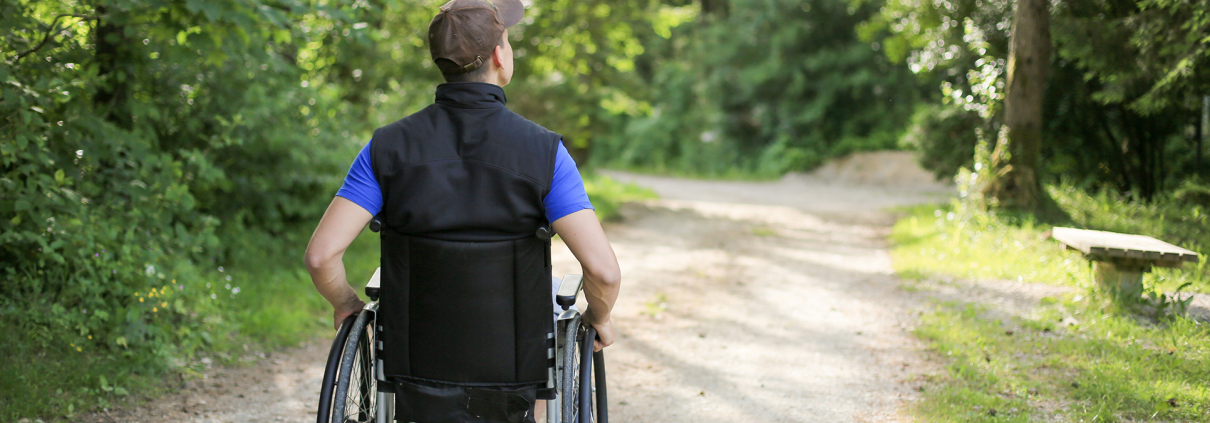What Makes an Accessible Nature Trail?

As the weather starts to warm up, who can resist getting outside? With virtually thousands of miles of nature trails and pathways throughout the country, there are plenty of opportunities for visitors to explore a collection of beautiful natural environments. For folks living with disabilities, though, these options can become limited if the proper accessibility accommodations aren’t taken into consideration.
So, before you set off on your next nature-filled excursion, here are some key characteristics that can help you identify an accessible nature trail or path.
It’s ADA Compliant
Although the ADA has a host of mandatory regulations and rules, which affect more than just natural walkways and trails, the most important measure are the Proposed Accessibility Guidelines for Pedestrian Facilities in the Public Right-of-Way, or PROWAG.
What PROWAG does is ensure there’s a clear distinction made between what can and cannot be designated as a proper right of way for pedestrians with disabilities. These guidelines can affect everything from the general designation of existing nature trails, to the way new trails and trail extensions are designed and built.
This measure is essential in making sure pedestrians have safe access to certain nature trails around the country.
It Has Transport and Recreational Attributes
Making the distinction between a “trail” and a “shared-use path” is as simple as determining their primary use. If a pathway has been designed to accommodate both transportation (including wheelchair access) and recreation needs, it’s considered shared use.
Other path designations include:
Pedestrian Circulation Path – these are any prepared exterior or interior surface created to provide pedestrian travel in public right-of-ways.
Outdoor Recreation Access Route – similar to circulation paths, these routes are made to connect multiple outdoor recreation features within the same site.
Pedestrian Access Route – defined as a “continuous, unobstructed path of travel”, these routes are made to accommodate pedestrians with disabilities alongside pedestrian circulation paths.
It Anticipates the Future
There’s a fine balance that has to be maintained between form and function when dealing with nature trail accessibility. Although a trail maybe sufficient for use now, there are variables that could affect that accessibility in the future, like wear from use, time, erosion, and other changes in the surrounding environment.
Anticipating these changes is the only way to keep accessible trails safe and useable for future generations.
The National Mobility Equipment Dealers Association (NMEDA) is an advocate for mobility and accessibility for drivers with disabilities. If you need help with converting or buying a handicap accessible car, truck or van, please consider one of our Quality Assurance Program mobility equipment dealers. Find a dealer near you: www.nmeda.org/dealerlocator.
